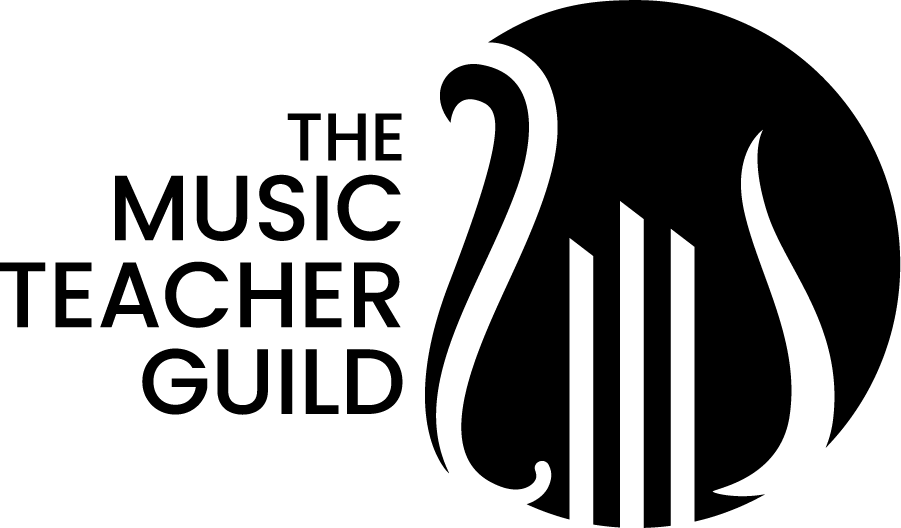Top Resources for K-12 Music Educators
Teaching music in K-12 education comes with a unique set of challenges and opportunities. From engaging young beginners to inspiring advanced high school ensembles, having the right resources can make all the difference. In this post, we’ll explore top tools and materials that empower music educators to create impactful lessons and foster a lifelong love of music in their students.
The Importance of Quality Resources in K-12 Music Education
In a dynamic classroom environment, quality resources act as the backbone of effective teaching. They offer:
Support for Diverse Learning Styles: Tailored materials can accommodate visual, auditory, and kinesthetic learners.
Creative Lesson Planning: Resources like curriculum guides and digital platforms inspire innovative teaching strategies.
Alignment with Standards: Up-to-date materials ensure compliance with national and state guidelines.
Investing in the right tools helps educators meet the unique needs of each student, from elementary beginners to high school performers.
Top K-12 Music Education Resources
1. Curriculum Guides
Curriculum guides provide a structured framework for lesson planning and assessment.
National Standards: Resources from NAfME (National Association for Music Education) align with comprehensive educational goals.
State-Specific Guides: Many states offer tailored music education guidelines to ensure regional relevance.
Pro Tip: Use these guides as a foundation but add your personal flair to engage students more effectively.
2. Online Platforms
Technology has revolutionized music education, offering tools that enhance learning and creativity.
Noteflight and Flat: These online notation tools allow students to compose and share music digitally.
SmartMusic: A platform for practice and assessment with interactive features that help students improve their skills.
YouTube Playlists: Curated educational content can introduce students to music history, theory, and performance techniques.
3. Instrumental Resources
Access to quality instruments and related materials is crucial for a successful music program.
Sheet Music Libraries: Platforms like Sheet Music Plus or J.W. Pepper offer a wide range of music for various skill levels.
Instrument Rental Services: Organizations like Music & Arts provide affordable rental programs for schools.
Care and Maintenance Guides: Ensuring instruments stay in good condition can save budgets and reduce stress.
How to Evaluate Resources for Effectiveness
Not all resources are created equal. Here’s how to assess their impact:
Alignment with Standards: Ensure that resources meet national or state educational requirements.
Accessibility: Look for tools that accommodate diverse learning needs, such as visual aids or multi-language support.
Ease of Use: Both teachers and students should find the resource intuitive and engaging.
Test resources with a small group before fully integrating them into your classroom to identify potential challenges.
Additional Support for K-12 Music Teachers
Educators don’t have to navigate resource selection alone. Consider these supports:
Professional Development: Workshops, webinars, and certification programs provide new insights and strategies.
Educator Communities: Platforms like the Music Teacher Guild or Facebook groups for music teachers foster idea sharing and collaboration.
Funding Opportunities: Explore grants from organizations like VH1 Save the Music or DonorsChoose to acquire new resources.
Conclusion
In today’s ever-evolving educational landscape, K-12 music educators need resources that are both innovative and adaptable. By leveraging curriculum guides, online platforms, and instrumental tools, you can enrich your lessons and inspire your students to explore the world of music.
Ready to upgrade your toolkit? Start by exploring the resources mentioned here and join professional communities to discover even more! Together, we can continue shaping the future of music education.

